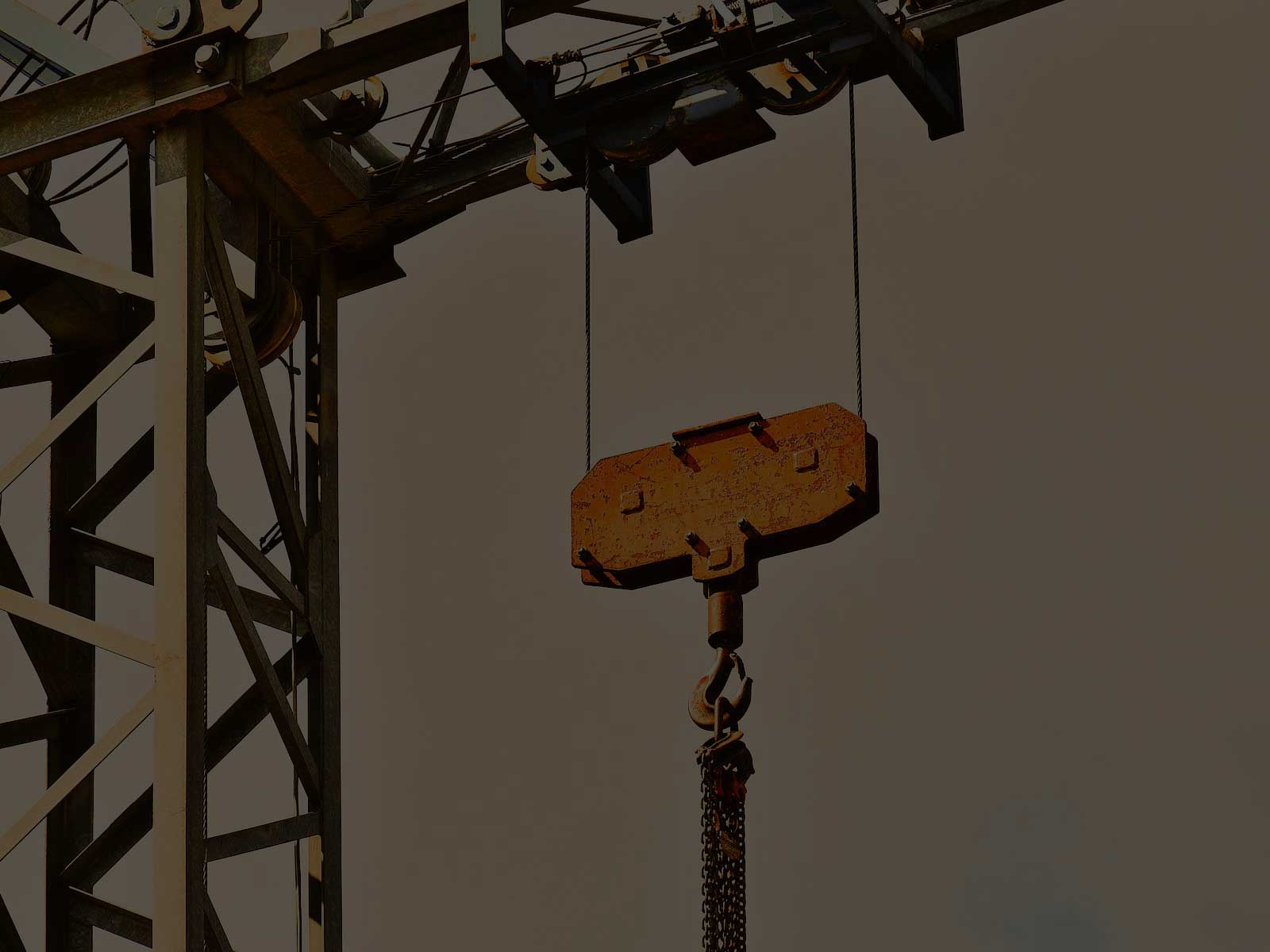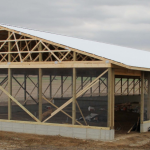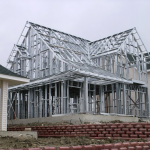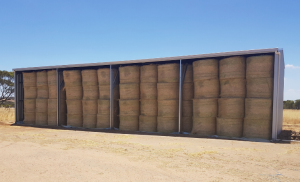House raising is a construction marvel that can leave many people in awe due to the sheer complexity and perceived risks. For homeowners, however, it’s a practical solution with many benefits, including flood prevention, foundation repair, or creating additional living space. While the process may seem straightforward to the untrained eye, maintaining the house’s structural integrity during the raising process is vital to ensure the safety and success of the operation.
In this blog post, we will delve deep into why structural integrity is important, the steps involved in ensuring it, and the consequences of ignoring this essential aspect. Whether you’re a homeowner considering this process or a curious reader, this comprehensive guide offers a clear understanding of the integral role of safety in house raising.
Why House Raising?
House raising has grown increasingly popular in recent years, though it has been introduced previously. There are several reasons why homeowners might opt for this bold and transformative step. One reason is the avoidance of flood damage. With increasing environmental disasters, house-raising offers a preventive measure against potential water damage, saving homeowners heartache and money in the long run.
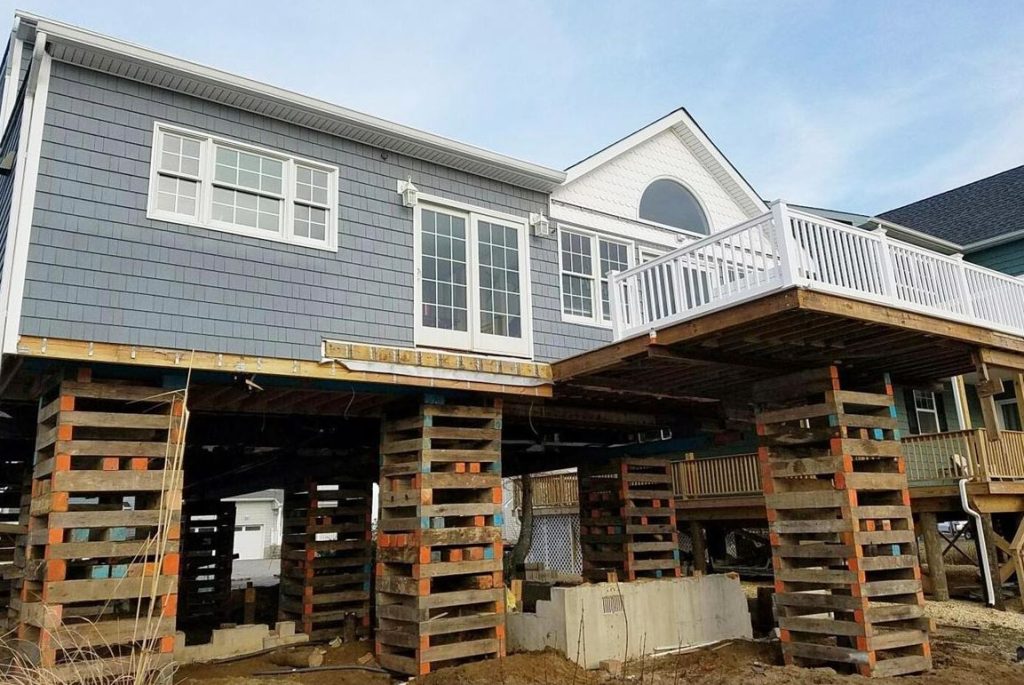
Another reason is foundation repair. Over time, a house’s foundation can degrade, resulting in structural instability. House-raising allows for comprehensive and effective repair work, ensuring the home’s longevity. Lastly, house raising is often undertaken to create additional space, typically a new basement, which can be used for various purposes and potentially increase the property’s value.
Besides these practical benefits, house raising can lead to improved views, increased energy efficiency due to better insulation, and even lower insurance premiums in areas prone to flooding. However, to realize these advantages, it’s crucial to understand and maintain the house’s structural integrity throughout the process.
The Concept of Structural Integrity
Structural integrity, in its simplest terms, refers to a structure’s ability to withstand its intended load without experiencing failure. In house raising, it involves ensuring the house remains stable, safe, and undamaged during the elevation process. This is critical not just for the safety of the workers involved but also for the long-term durability and usability of the house. Ignoring this aspect can lead to severe and potentially dangerous consequences.
Pre-Raising Safety Measures
Pre-raising safety measures are the first line of defence in maintaining structural integrity. A thorough professional inspection is paramount. Professionals can assess the current state of the structure, identify potential weak points, and suggest necessary reinforcements.
Understanding the house’s structural blueprints is equally important to ensure the load is distributed correctly during lifting. Moreover, a series of tests and assessments need to be performed to ascertain ground conditions, the weight of the house, and other factors. Setting up safety barriers and warnings is also a must to ensure the safety of both workers and bystanders.
The House Raising Process and Structural Integrity
The house-raising process itself demands meticulous attention to structural integrity. The process starts with installing temporary supports, known as cribbing, followed by the gradual lifting of the house using hydraulic jacks. Throughout this process, safety measures such as regular checking of equipment, slow and careful lifting, and even weight distribution play a pivotal role in maintaining structural integrity.
Post-Raising Checks for Structural Integrity
Post-raising checks for structural integrity are equally essential. After the house has been raised and secured on its new foundation, a series of assessments should be performed to ensure it remains structurally sound. Any necessary adjustments or corrections should be made swiftly. Frequent inspections, particularly in the weeks and months following the house raising, can help identify and rectify any issues that may have arisen.
Hiring Professional House Raisers: A Safety Guarantee
Despite the significant role of the homeowner in the process, house raising is a job for professionals. Their expertise and experience can mean a safe and successful raise or a costly and dangerous failure.
Credentials to look for in a house-raising company include licensing, insurance, years of experience, and specialized training. Evaluating their past performance and client testimonials is worthwhile to ensure you’re entrusting your home to capable hands.
Consequences of Ignoring Structural Integrity
Ignoring structural integrity during the house-raising process can lead to severe consequences. These include risks and dangers such as house collapse, significant property damage, and injuries. Furthermore, the financial implications can be massive, with homeowners potentially facing huge repair or reconstruction costs. Legal repercussions can also be if the house-raising is negligent or non-compliant with local building codes and regulations.
In conclusion, while beneficial for many reasons, the house-raising process must be approached with safety at the forefront. Central to this is maintaining structural integrity at all stages, from pre-raising safety measures to post-raising checks. Always remember, safety must always come first when it comes to house raising.
In conclusion, structural integrity stands as the backbone of the house-raising process. Its importance cannot be overstated, as it directly influences the operation’s safety, effectiveness, and long-term success.
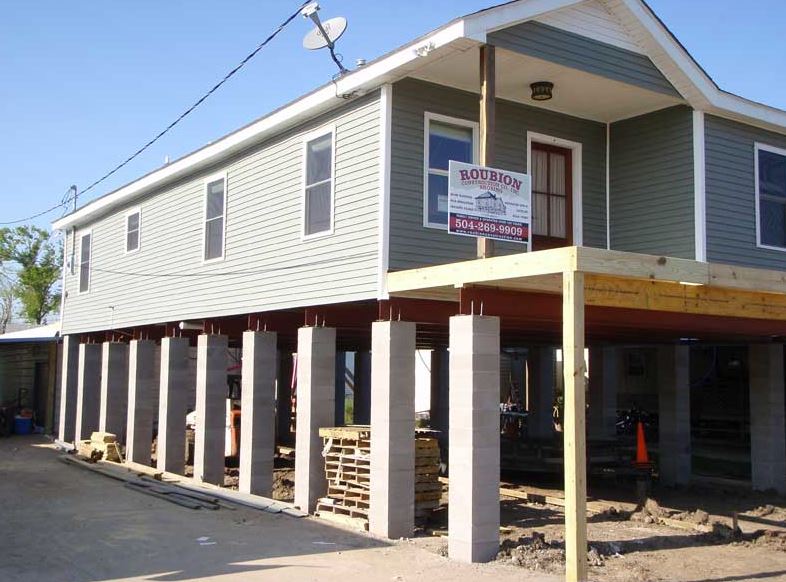
As we’ve journeyed through this post, the different reasons for house raising, from avoiding flood damage, and carrying out foundation repairs to creating additional space, have been highlighted. Yet, regardless of the motivating factors, the common thread remains the unwavering commitment to maintaining the house’s structural integrity.
We’ve explored various stages of the process, each demanding its unique safety measures and checks. Every step requires meticulous attention to detail, from initial professional inspections to understanding the house’s structural blueprint, conducting necessary tests and assessments, and post-raising checks. Moreover, we’ve learned about the potential consequences of ignoring these crucial steps, from physical dangers to financial burdens and legal issues.
Therefore, it’s highly encouraged to follow best practices during house raising. Prioritize safety and always work with licensed, experienced professionals who can ensure the structural integrity of your house at each stage. Don’t be swayed by the allure of quick fixes or low-cost options. Remember, your home is not just a financial investment, but it’s where your life happens. Cutting corners could put both your property and your loved ones at risk.
Lastly, if you’re considering house raising, take these lessons to heart. Use this post as a reference guide, and feel free to delve deeper into each point, expanding your understanding.
Consider contacting local professionals for consultations or getting a second opinion on your house’s needs. Keep safety and structural integrity at the forefront, and you will be well on your way to a successful house-raising endeavor. The journey may be complex, but with the right knowledge and team, you’ll be more than ready to handle it.
